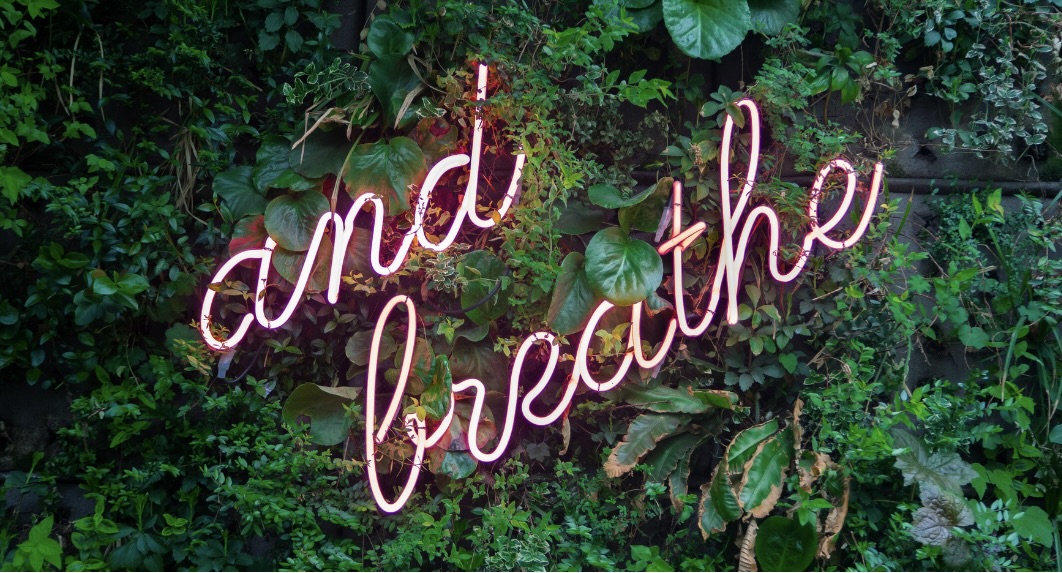Previous articles in this series discussed where the air actually goes—mouth, nose, trachea, and lungs—and contained information about the ribs and the diaphragm. The focus of this article is muscles that move the ribs. For each of these articles, I’m going to restate the main idea, which is that there are lots of moving parts associated with breathing, and any time any of those parts is not able to move in the right direction, at the right time, and/or with the right amount of ease and freedom, it’s going to impact the quality of our breathing.
There are two groups of ribs muscles to discuss here. One set moves the ribs up and out, like a bucket handle, when we inhale. The other set brings the ribs back down and in during exhalation. All of these muscles exist in pairs—meaning that you have one on each side of your body. For purposes of this article, a general understanding of the location of these muscles will be provided. It’s not necessary to be super concerned with all of the fine points of muscle anatomy. If you’re interested, though, it’s easy to find more details online. What we are interested in here are overall big-picture relationships.
Muscles that lift ribs up and out
Ribs to ribs
The external intercostals muscles snuggle in between the ribs and help raise one rib relative to the rib right next door.
Ribs to spinal vertebrae
The serratus posterior superior connects ribs 2-5 with the spinous processes of C7-T3 vertebrae.
Ribs to Arm structure
Pectoralis major connects the sternum and ribs 1-6 with the humerus (upper arm).
Pectoralis minor connects ribs 305 with the coracoid process of the scapula.
Serratus anterior connects the Ribs 1-8 with the inside of the scapula.
Ribs to Head
Scalene muscles (there are 3 ) connect the first or second rib to the cervical vertebrae.
So what?
Whenever there are bones connected by muscles, the position of the bones, relative to each other, impacts what the connecting muscle is able to do. For example, if your arm structure is chronically held down toward the floor, then the muscles connecting ribs and arm structure are constantly shortened. There’s no space for the ribs to come up and out on inhalation. The takeaway idea here is that rib movement is connected to many other body parts (head, spine, and arms) and how those parts are working together (or not) impacts quality and ease when inhaling.
Muscles that move the ribs down and in
Again, we’re looking for connections between ribs and other structures.
Ribs to ribs
Internal intercostals work to bring each rib down and in, relative to each other. Here would be a good time to say that there is controversy about the specific roles of internal vs. external intercostals. Some sources say that they work together to accomplish inhalation and exhalation. What I’m presenting is what I learned in massage school.
Ribs to spine
Serratus posterior inferior connects ribs 9-12 with T12-L4 vertebrae.
Ribs to pelvis
Quadratus lumborum connects the pelvis with Rib 12 and 4 lumbar vertebrae.
All four muscles of the abdominal cylinder (rectus abdominis, external oblique, internal oblique and transverse abdominus) all connect various parts of the pelvis with ribs. For purposes of this article, it’s not necessary to know more detail.
When we want to exhale, these are the muscles that are working together to bring the ribs back down and in. Same idea – muscles that are attaching bone to bone are influenced by the position of the bones, relative to each other. If your pelvis is shoved forward and tucked under, that is going to affect the ease and quality of your breathing.
Coordination Problems
Here are some scenarios that impact the quality, ease and efficiency of our breathing.
~ Muscles that ”lift” the ribs cannot do so because they are being held in the “down” position. This is what happens when your arm structure is chronically held down onto your ribs. This is also what happens when you are chronically engaging abdominal cyclinder musculature and trying to inhale at the same time.
~ Muscles that move the ribs down can’t do so because they are being held in the “up” position. This is what happens when scalene muscles are chronically engaged with forward head position.
Ideal scenario
Breathing is complicated, as there are many moving parts. What we’re looking for is a distribution of effort throughout all of the participating structures—all of the players on the inhalation team are working together. Same for Team Exhalation. When this happens, no one muscle or muscular group is working too hard and the result is one of ease and efficiency. This means we have to take a whole body approach, because rib movement doesn’t happen all by itself. We must include spine, head, arm structure and pelvis.

